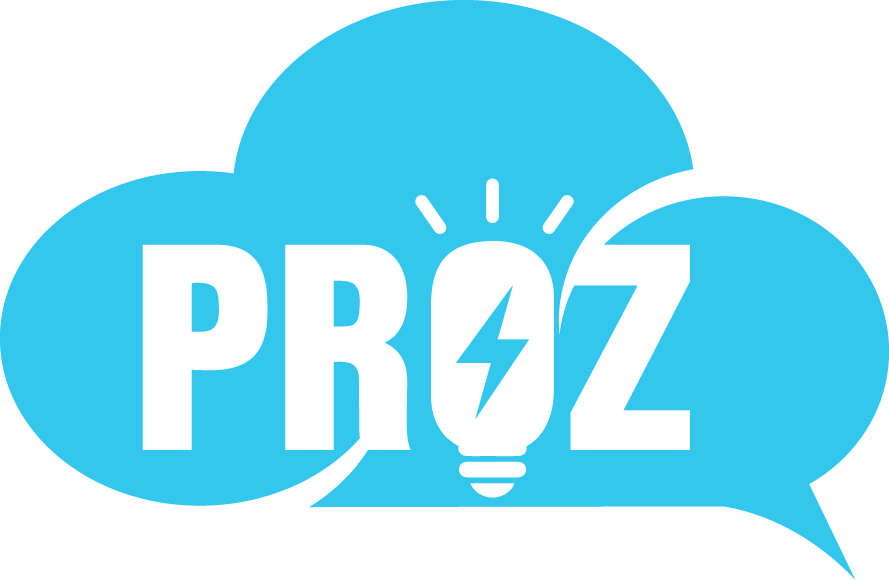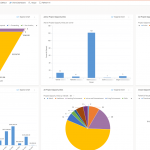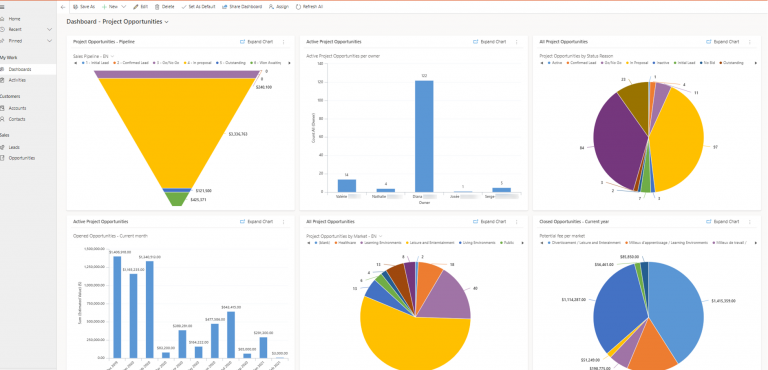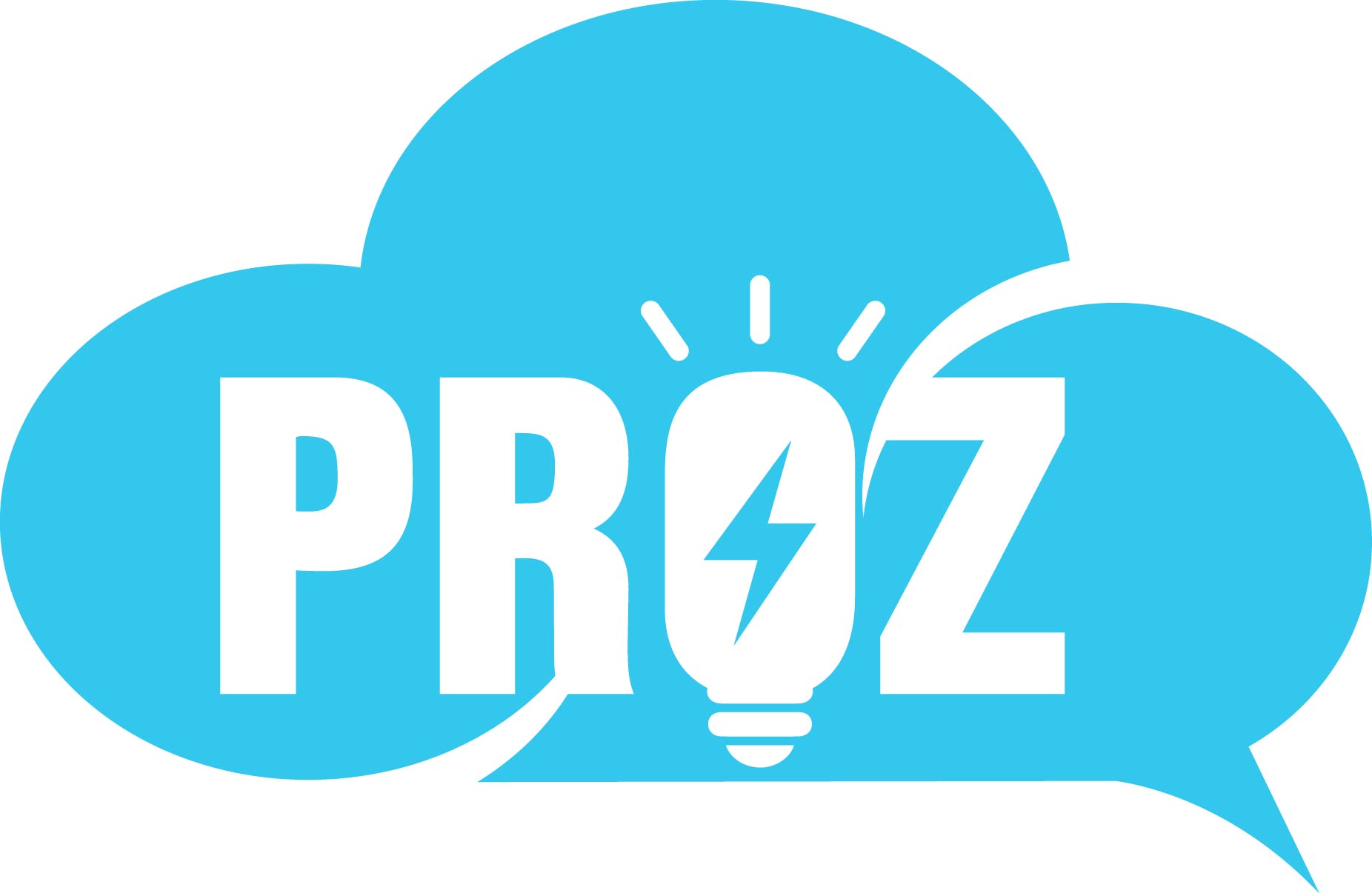Data breaches are no longer a question of “if” but “when.” In 2024, the global average data breach cost reached an all-time high of $4.9 million, climbing by 10% in just one year. The impact goes beyond financial loss – it can damage customer trust, disrupt operations, and create compliance challenges for years.
Without proactive monitoring and proper log storage, key details about how, when, and why a breach occurred may slip through the cracks. However, with a proper data breach prevention strategy, organizations can minimize damage by detecting issues early, identifying vulnerabilities, and strengthening defenses.
Why historical log services aren’t enough in a crisis
Relying solely on historical log services to manage security incidents introduces unnecessary risks:
- Retrospective gaps: Historical log services are only helpful if they’re complete, accessible, and timely. Missing or delayed record access can slow down investigations, making it difficult to understand an incident fully. With organizations taking an average of 194 days to identify a data breach, relying solely on past data creates significant risk.
- Risk of losing key insights: Without proactive monitoring, critical details about user activity, unauthorized access, or data breaches might go unnoticed. This means delayed responses and leaves vulnerabilities open longer than necessary.
Real-time event monitoring bridges these visibility gaps, providing real-time and historical data on system activity. It detects unusual patterns, flags potential threats, and takes quick action to mitigate risks – these alerts help organizations to respond proactively to suspicious activity.
Additionally, access detailed event logs to investigate incidents thoroughly and ensure no critical details are missed and remediation is possible.
For Salesforce users, Event Monitoring tracks a wide range of activities, from logins to data access, API calls, and report exports. This gives organizations the power to safeguard sensitive data, prevent risky actions, and maintain a strong audit trail.
AI and Event Monitoring’s role in data breach prevention
Investing in advanced tools like AI-driven threat detection and automation can significantly reduce the impact of breaches. In fact, event monitoring and AI go hand-in-hand: the former generates a wealth of data, which the latter uses to provide actionable security insights.
As a result, organizations that extensively use security AI and automation save an average of $2.22 million per breach compared to those that don’t.
AI takes threat detection to the next level by analyzing patterns and identifying anomalies as they occur. Combined with Salesforce’s Event Monitoring, it creates a powerful early warning system against potential breaches. For example, AI can monitor login patterns and flag unusual activities, such as logins from unusual locations or devices.
Event Monitoring then delivers immediate data, allowing organizations to act before an issue escalates. This kind of visibility is critical for swift action and helps demonstrate due diligence to regulators and reinforce customer trust.
How to respond to a suspected data breach
Your response can significantly reduce a breach’s impact. A scattered approach often leads to confusion, making it harder to contain the situation and potentially causing more damage. In contrast, a clear incident response plan helps you stay in control, even under pressure. Here’s a structured approach to respond effectively to a suspected breach:
Step 1. Assess the situation and review event monitoring data
Start by using the specific tools and dashboards within Salesforce Event Monitoring to analyze data effectively. This includes:
- Event Log Files (ELF): The Event Log File Browser allows you to access detailed information on events, such as logins, data exports, and API usage.
- Login Forensics: Forensics helps monitor suspicious login activity, catching instances of suspicious IP addresses or ranges of addresses and brute-force attacks.
- Event Monitoring Analytics App: Upload and access data through a pre-built dashboard while controlling access.
Look for unusual login patterns, large-scale exports, or unexpected user permissions or API usage changes. This real-time insight is invaluable for identifying what was exposed and who may have been responsible.
Step 2. Conduct root cause analysis
Understanding how and why a breach occurred is essential for preventing future incidents. When you’re looking at an incident to understand what happened, make sure to investigate:
- User access logs and permissions: Examine logs to determine unauthorized access or permission changes, including login timestamps, device types, and IP addresses.
- API usage: Analyze API calls to identify abnormal activity, such as excessive data requests or unauthorized integrations.
- Configuration changes: Review recent changes to system settings, user roles, and network configurations. Commonly exploited changes include misconfigured permissions, unpatched vulnerabilities, and disabled security protocols.
By pinpointing the root cause, whether it’s a misconfiguration, a phishing attack, or an unpatched vulnerability, you can take targeted actions to mitigate risks and prevent it from happening again.
Are you staying ahead of emerging AI regulations?
Learn how to navigate pressing regulatory requirements by safeguarding sensitive data in Salesforce.


Step 3. Remediate the incident
Once the cause is identified, it’s now time to act — quickly and effectively. A rapid response can turn a massive security breach into a more manageable incident, reducing the impact of the attack and protecting critical data before it becomes part of the overall incident.
- Restrict access: Immediately restrict or disable compromised accounts to contain the breach.
- Reset passwords: Use automated tools to enforce password resets across affected accounts and maintain compliance with password complexity policies (such as a minimum length, inclusion of unique characters, and periodic expiration).
- Update security settings: Review and enhance security configurations, including enforcing two-factor authentication (2FA) and implementing IP restrictions.
- Apply patches: Address identified vulnerabilities by deploying software patches and updates promptly.
Once the cause is identified, it’s time to restrict access to compromised accounts and sensitive data, reset passwords, apply any necessary patches, and roll out more advanced security measures, such as multi-factor authentication, to boost protection. These actions prevent immediate risks and strengthen defenses to prevent similar incidents.
Step 4. Address API misuse
Pro tip – API usage or configuration changes can often hint toward suspicious activity that may go unnoticed. Use Salesforce Event Monitoring to identify and mitigate these risks:
- Track API calls: Filter logs to focus on high-risk actions, such as excessive data requests, unusual patterns, or unexpected system integrations.
- Correlate events: Combine API logs with user access data to identify connections between suspicious API calls and user activities, such as linking unauthorized API calls to specific login attempts or permission changes.
- Audit API keys: Investigate the use of API keys to ensure they’re not compromised or misused by unauthorized parties.
- Set up alerts: Configure real-time notifications for anomalies, such as spikes in API traffic or actions performed outside of regular business hours.
These methods help you quickly spot malicious activity and take the necessary steps to secure your system.
The cost of user errors
Not all data breaches are malicious – in fact, human error plays a significant role. An employee might accidentally sync sensitive HR documents with a system meant for customer contracts.
Without proper monitoring, the organization wouldn’t have visibility into who accessed the data, which means any incident must be considered a full breach, even if it is user error — to the cost of the organization.
To minimize liability, reduce reputational damage, and demonstrate accountability, ensure comprehensive training and robust monitoring systems are in place.
Outsmart a breach with a proper data breach prevention strategy
While data breaches can be inevitable, their impact doesn’t have to be significant. By investing in proactive monitoring and a data breach prevention strategy, organizations can reduce the likelihood and minimize the damage when a breach occurs.
With Salesforce Event Monitoring, you can gain the visibility and insights needed to detect, respond effectively to, and learn from security incidents.
Become data safe to AI brave
Get the guide to learn how Salesforce helps you adopt best practices for data security while innovating with AI.













